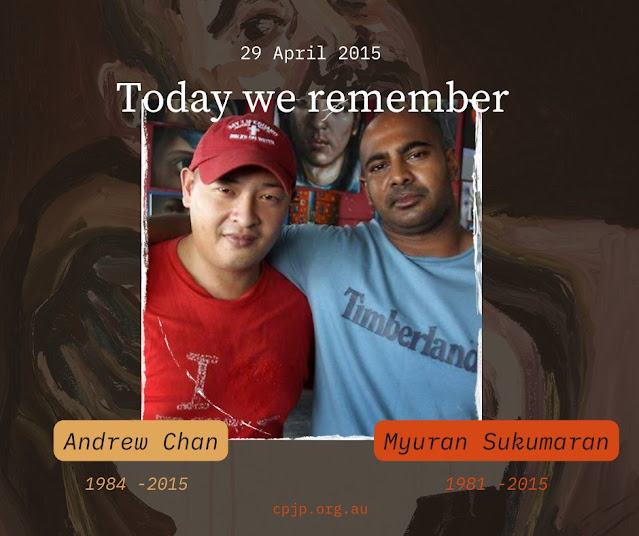Most of us know the basics of the guillotine - it's a French contraption suitable for killing royalty and any pesky roving Highlanders. But while we associate the old chopper with taking care of princes of the universe, its real purpose was egalitarianism. Or, at least, that was its stated purpose. Doctor Joseph Ignace Guillotin was sickened by the spectacle of public execution and wanted to abolish it completely. In the late 1700s, this was unthinkable. After some strategizing, Guillotin got an angle on it. There was a reason why the rich paid a purse to executioners. They wanted to ensure that their deaths were quick and painless. The poor didn't have that luxury. They often didn't even have the luxury or the power to bribe their way into deaths that might be made painless. Slow hanging, draw-and-quartering, and burning weren't unusual. The rich, on the other hand, got themselves such sweet deals that some nobility demanded that they be hanged with a silk rope, as a sign of status.
In the 1790s, after the resentment of the privileges of the rich and titled had boiled over, Guillotin and his supporters made the point that "The Machine" meant a humane, painless death for rich and poor. They figured that taking away the spectacle was the first step towards abolishing the death penalty altogether. They were, to put it mildly, wrong. A civilian assembly granted the quick, painless death to everyone, but the sheer scale of the executions made them a spectator sport. The man who wanted to abolish the death penalty saw his name forever associated with a machine designed for execution.
Source: io9.com, August 9, 2012
Related article:
14 hours ago
The search for a humane way to kill. The 14 December 2006 execution of inmate Angel Diaz in Florida took a total of 34 minutes, and a second round of injections to complete. Witnesses to the execution reported that Diaz...
On October 9, 2011, France celebrated the 30th anniversary of the enactment by President
François Mitterrand of the law abolishing the death penalty.
Thanks to the abolitionists of the time,
chief among them Justice Minister
Robert Badinter,
France became the 35th country to abolish
capital punishment.
Today,
France's voice continues to be heard,
through advocacy groups such as Ensemble Contre La Peine de Mort (
Together Against the Death Penalty - ECPM), to achieve
one day universal abolition. http://www.abolition.fr










